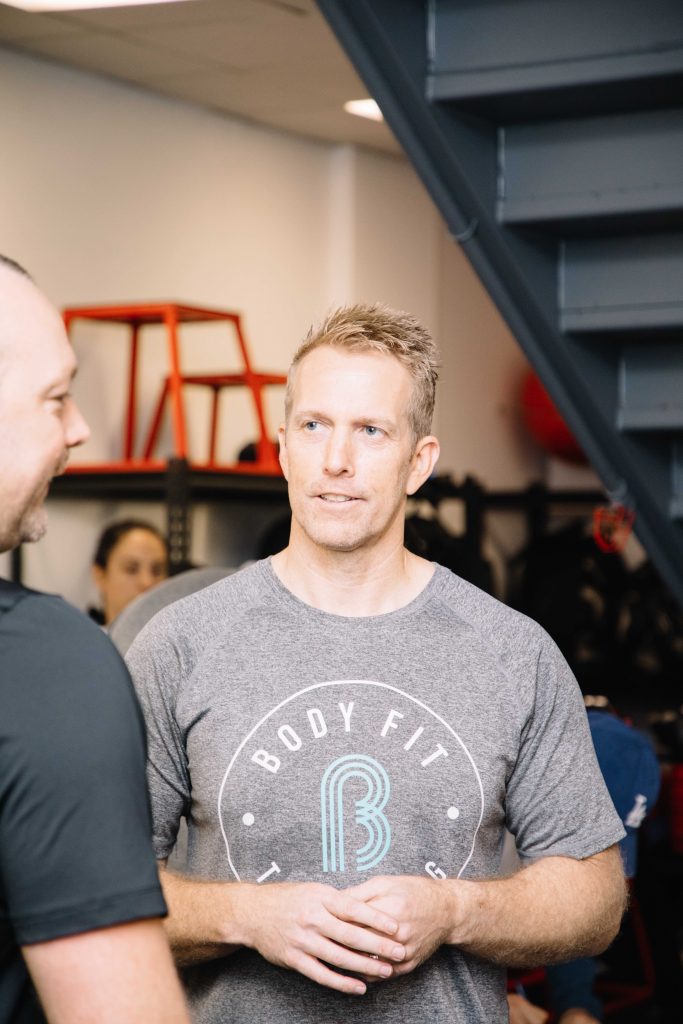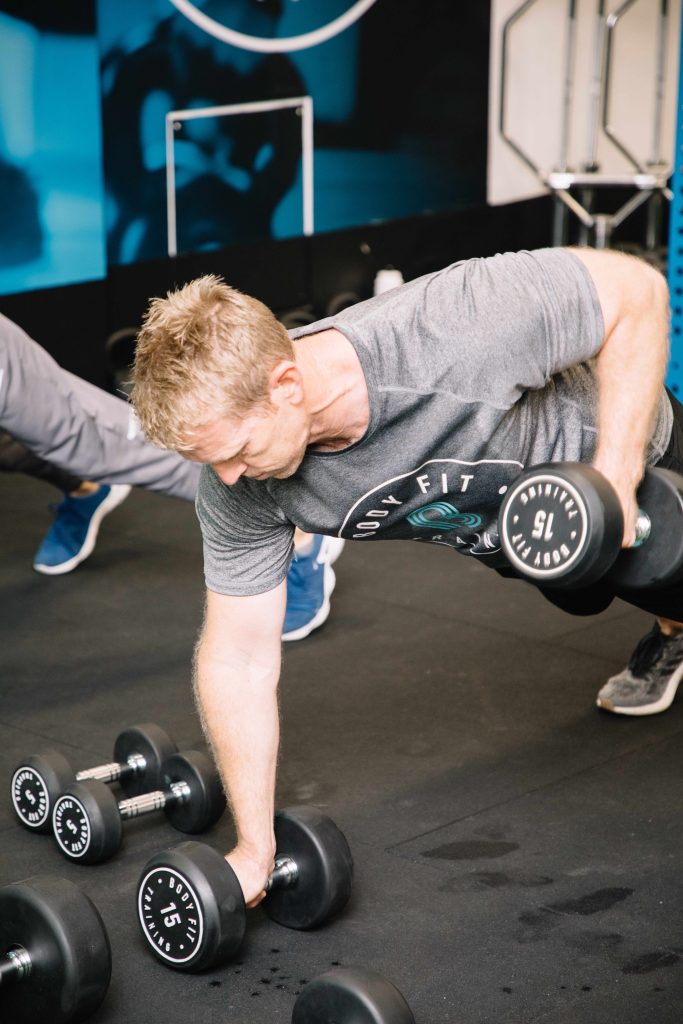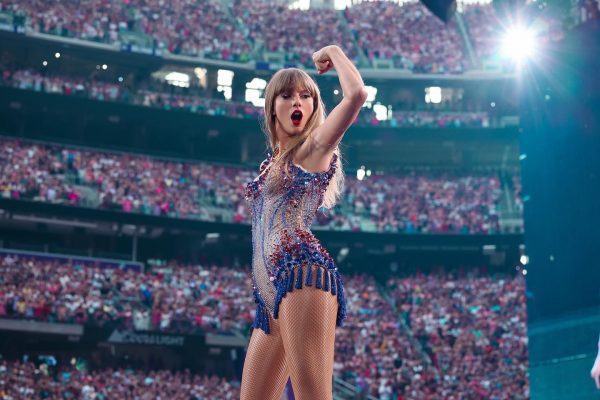In the fitness industry the term “holistic training” is trending, but what exactly is it? Who better to shed some light on the concept than founder and joint CEO of Body Fit Training company (BFT), Cameron Falloon. With a long history in fitness, Cameron has provided strength and conditioning coaching to elite fitness professionals and was even Princess Diana’s personal trainer back in the day

We pose the question: how does holistic training differ from traditional training? Find BFT’s Cameron Falloon’s insight and guide to a holistic workout below.
How does holistic training differ from traditional training?
As the name suggests, holistic training is about training for the “whole” body rather than specific parts. The aim is to take into account the whole person, training to improve their lifestyle not just their fitness, making members more functional in their everyday life.
With a lot of workouts and regimes, the focus tends to be on going hard and pushing yourself to get the heart rate up or lift as heavy as possible to target specific areas of the body. Additionally, while the word “holistic” may feel like it is pointing toward yoga, it can be applied to other styles of training too.
Also see: #legendasks: why is Darjeeling tea all we can talk about?
BFT uses scientifically proven training methodologies to develop the 13 cardio and strength and resistance programs into 8-week progressive training blocks. Each training block uses holistic principles to assist members with their best chance to achieve their health and fitness goals. These are the same holistic training methodologies Falloon has incorporated around the world to train elite athletes. Programmes are also created so that you could train consistently throughout the week, with each day alternating between a cardio or strength bias.
The three pillars that underpin the BFT training system are to train every energy system, train every muscle fibre type and move through the body’s natural fascial planes every week to constantly improve your strength, cardiovascular fitness and reduce the likelihood of injury.
To align with this way of varied training, BFT has also recently launched BFT³ – bespoke heart rate technology that rewards members for all styles of training, not just high heart rates like other heart rate monitors in the market. They also have multiple 8-week challenges a year to help members build healthy habits across nutrition and mindset as well as training.

Cameron Falloon’s step-by-step guide to a holistic workout
Step 1: Sign up with BFT
Firstly, and most importantly, join a local BFT studio. While I am of course biased, we have studios opening all around the world and one unique point of difference for us is that one membership will allow you to train at any club.
Step 2: Be consistent
There’s no quick fix or special pill that automatically makes you get your desired results. The only thing that will get results is to show up and put in the work. You can’t expect to work out one day every couple of months to shape and tone your body.
Step 3: Progressive workouts
Doing the same thing each workout will get you the same results. So whether it’s increasing weight, the number of reps or the amount of time, make sure you are progressing. We program our workouts into progressive blocks, each block with a goal in mind and our 13 different workout types are organised in a way to help you achieve the goal. Progressive workouts both help you avoid hitting a plateau which happens to many gym-goers and they help reduce the risk of injury and burnout as we change focuses every two weeks before we have put too much stress on the body.
Step 4: Track your progress
Progress is addictive, so make sure you are measuring your success. Whether it’s with heart rate tech, body scans, recording your lifts – depending on your goals – track it!
Step 5: Nutrition
Food is fuel, so make sure you are fueling your body correctly for your goals! For anyone doing strength training, eating a protein-rich diet that is full of antioxidants and whole foods is not only important post-workout to help repair your muscles and replenish your body, but it is also important for your mental state.

Step 6: Get good quality sleep
When it comes to having the motivation to get up and work out, sleep is probably one of the most important elements. You’re less likely to want to work out when you’re constantly feeling tired or fatigued. Unhealthy sleep patterns can also spike cortisol levels, which promotes weight gain.
Step 7: Work-life balance consistency!
Avoid the constant catch cry of “I don’t have time to workout”. Taking time to workout is important to your health and whether you’re juggling long hours in the office or working a second job, or [having] kids. Schedule your workout into your day and make it a high priority. If you miss a session, try to go for a walk and at least do some stretches in front of the TV so you have moved in some way and keep up the habit.
Step 8: Your mental health is important
Listen to your body and how you are feeling. If you’re feeling overwhelmed, anxious or depressed, give yourself a break, slow down and do what’s necessary to take care of [yourself]. While exercise can be a natural healer, sometimes we need to sit and just chill for a minute and that is absolutely fine.
Also see: International Yoga Day 2022: 6 must-try studios in Hong Kong























































